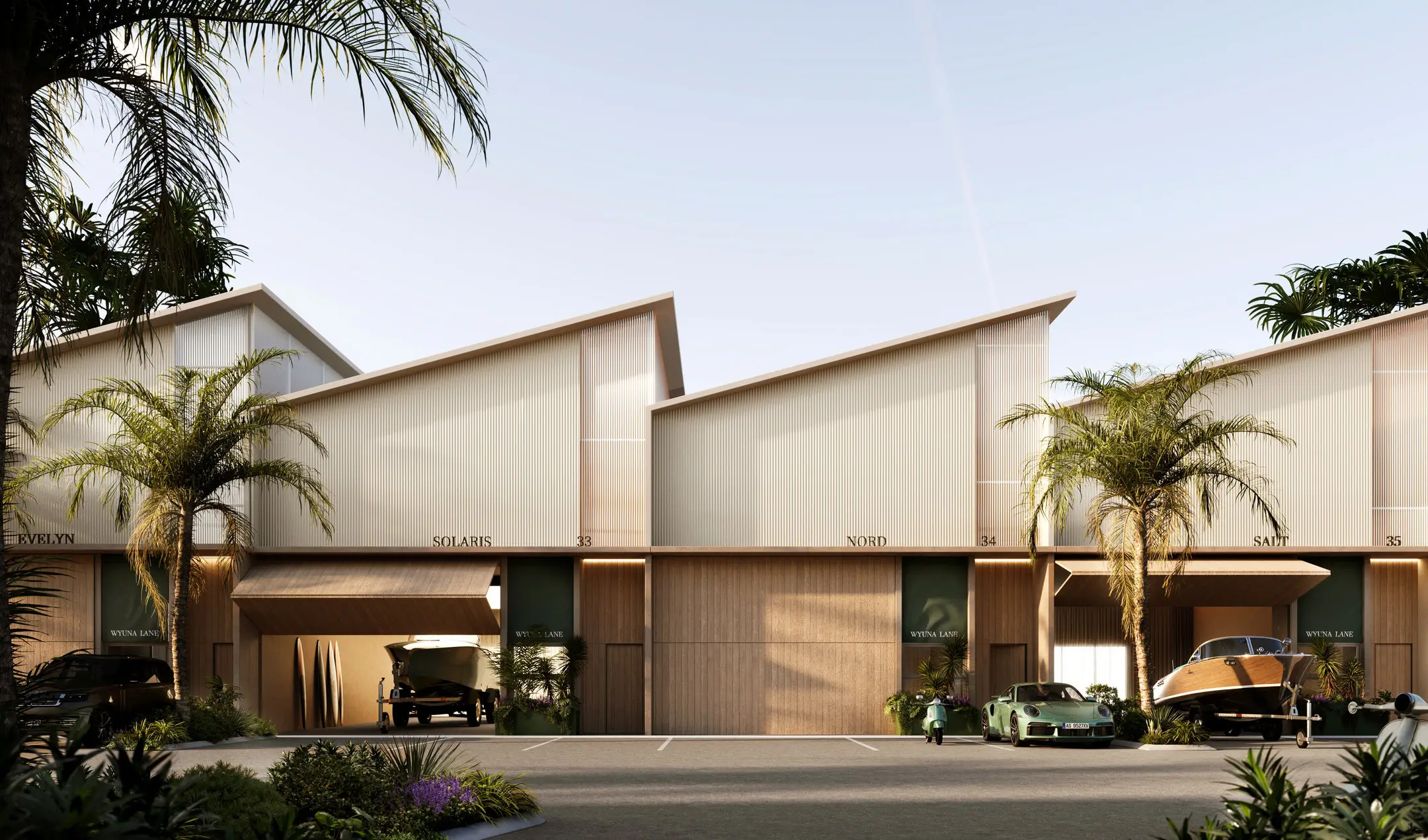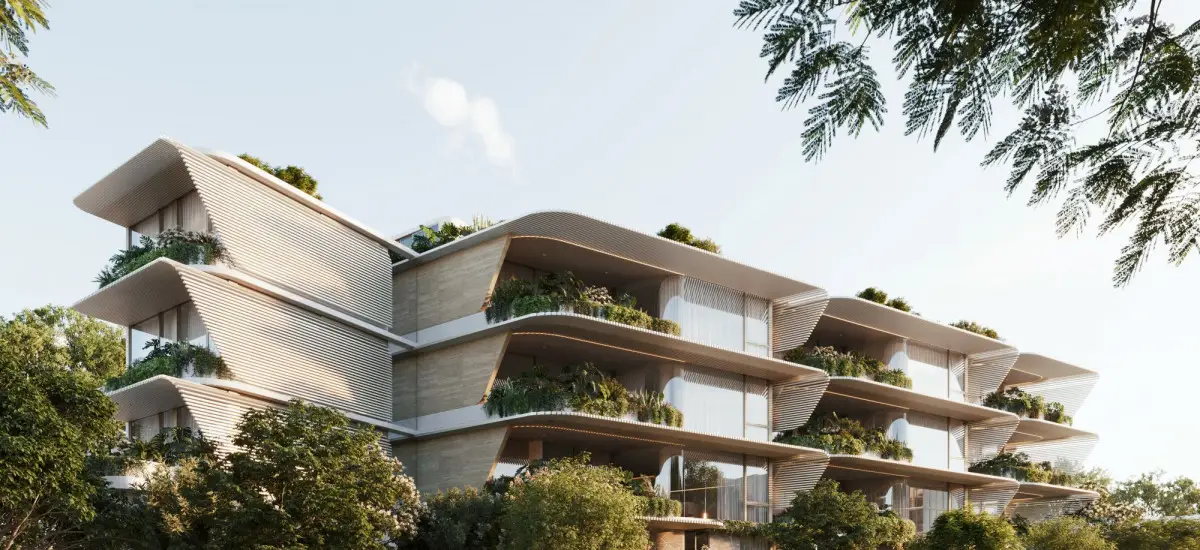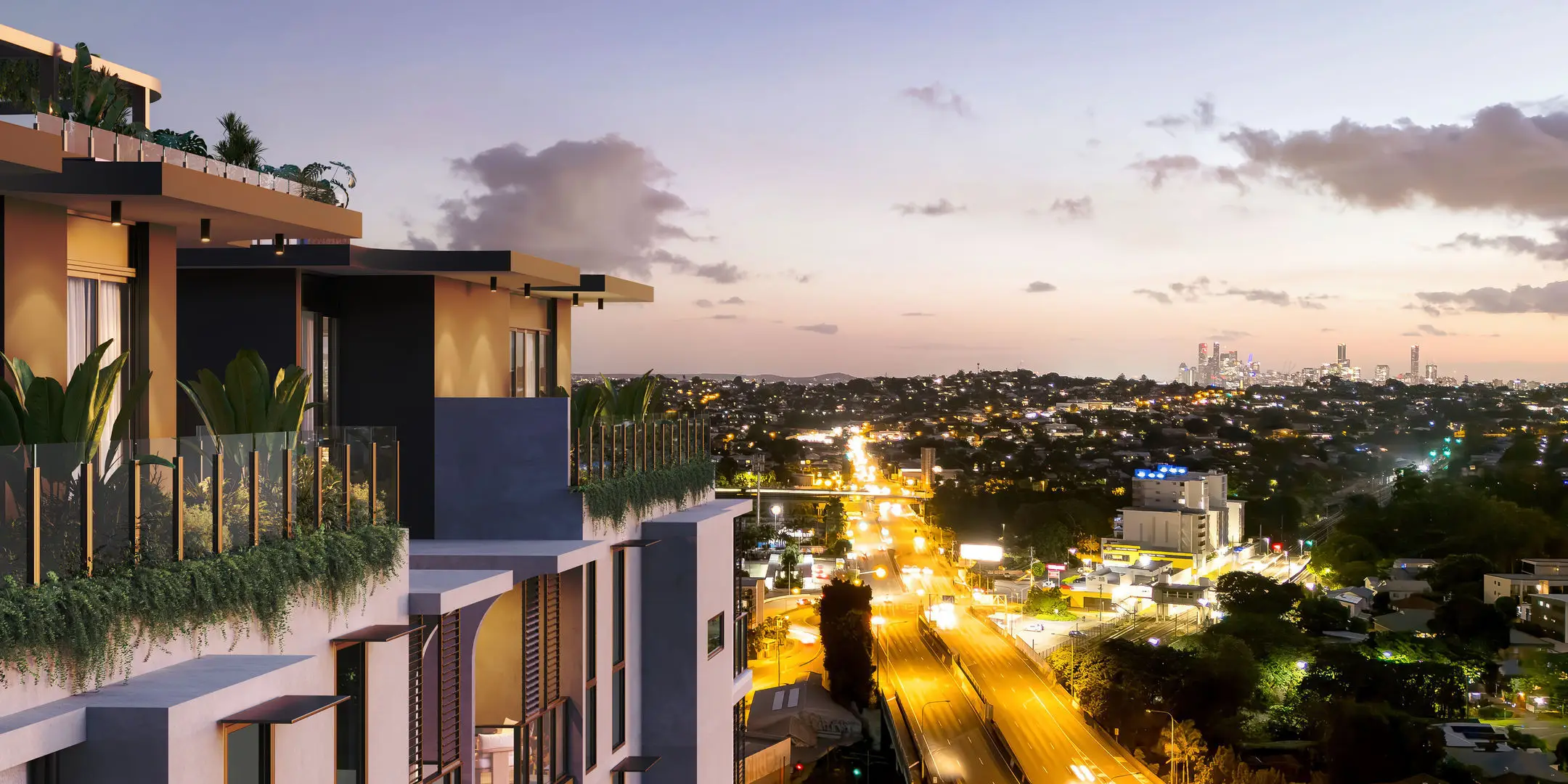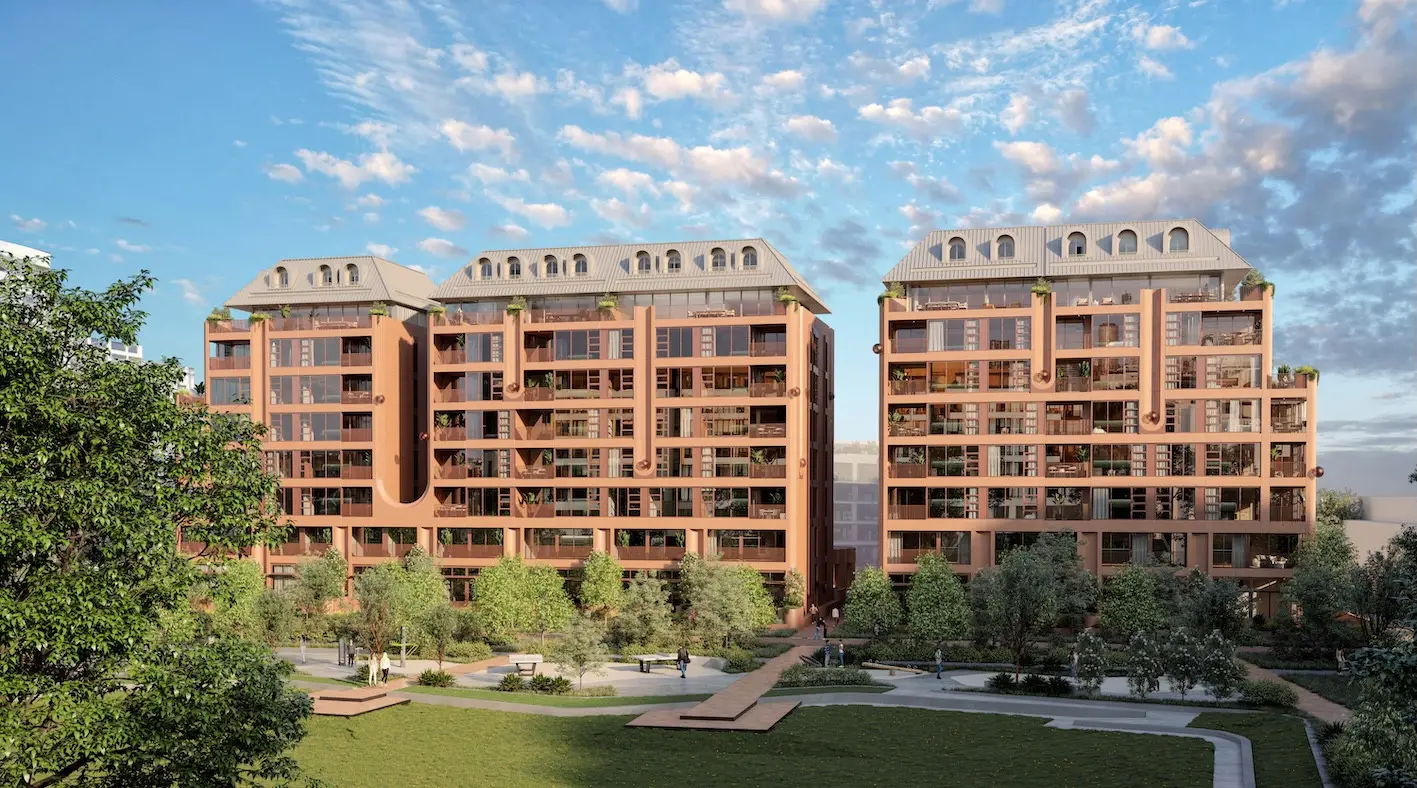

Because understanding what you’re buying shouldn’t require a dictionary...
Buying off-the-plan is an exciting way to secure a brand-new home - but let’s be honest - the process can sometimes feel like learning a whole new language.
Between “DAs”, “sunset clauses” and “strata levies,” it’s easy to feel out of your depth before you’ve even reached the contract.
This guide is here to change that.
Whether you're a first-home buyer, a downsizer, or just curious about your options, this glossary will help you confidently decode the most common off-the-plan terms - so you can ask smarter questions, understand exactly what you’re signing, and feel completely in control of your purchase journey.
Off-the-Plan
A property purchased before it’s built, based on architectural plans/floorplans, renders, and specifications rather than a completed structure.
Floorplan
A technical drawing showing the layout and dimensions of your property. Review it closely to understand proportions, storage, lighting, window placements, and furniture possibilities.
Renders/Artist Impressions
Computer-generated visuals that depict what your home or investment will look like when completed. They’re helpful, but may not always 100% reflect the final finishes - so refer to the inclusions list for accuracy.

Inclusions
These are the fittings, finishes, and features included in your property purchase - such as flooring, appliances, tapware, lighting, and joinery.
Variations
Any changes to the standard inclusions or layout may be considered variations. Some are offered as upgrades; others may arise from construction adjustments. Always ask if they affect the price or build timeline.
Display Suite
A physical showroom (or virtual experience) where buyers can view materials, floorplans, general marketing collateral - and often a replica of the apartment layout and its fixtures and fittings. It’s designed to help you visualise your future home.

Deposit
An upfront payment - usually 5-10% - required to secure the property. The remaining balance is paid at settlement when construction is complete.
Contract of Sale
A legally binding agreement between you and the developer. It outlines what’s included in your purchase (price, inclusions, timeframe, terms), and it’s crucial to review this with your legal advisor before signing - so make sure you get yourself a reputable solicitor to help.
Sunset Clause
A clause that sets a deadline by which the development must be completed. If that date is exceeded, either party may have the right to terminate the contract. It's a safeguard - but one worth reading.
Settlement
The final step in the purchase process when legal ownership of the property transfers to you. This happens after construction is completed and all final payments are made.
Cooling-Off Period
A short window (varies by state) after signing the contract during which you can change your mind and withdraw from the purchase - usually with a small penalty. Your solicitor can explain your rights under this period.
Development Approval (DA)
Approval granted by local councils or planning authorities, allowing the development to go ahead.
So - a developer submits plans for its development to council, who then gives the green light for the development to begin construction - or asks for adjustments to be made to the development before granting approval.
Off-the-plan sales may commence before DA is granted, but construction cannot begin without it.
Strata/Body Corporate
If you're buying into an apartment development, you’ll likely be part of a strata or owners’ corporation. This body manages shared spaces like lobbies, gardens, and amenities, funded through quarterly levies, paid by the apartment owners.

Stamp Duty
A government tax on property purchases. Off-the-plan properties may offer stamp duty concessions or exemptions depending on your state and buyer status (first homebuyer, owner-occupier, etc).
HomeBuilder/First Home Owner Grant
Government incentives that provide financial assistance to eligible buyers of new or off-the-plan homes. The rules and amounts vary by state and are subject to change - always check your local guidelines.
Building Warranty/Defect Period
New homes usually come with a warranty or defect liability period, during which the developer is responsible for fixing any issues. Know how long this period is and what’s covered.
Turnkey
When buying off-the-plan, a turnkey home means that once construction is complete and settlement occurs, your home will be ready for you to simply "turn the key" and move in - with no further building, painting, landscaping or installation required.
Always review the inclusions list to confirm exactly what’s provided.
Title/Certificate of Title
A legal document that proves ownership of your property. It’s registered with the land titles office and finalised at settlement.
Lender’s Valuation
An independent assessment of your property's value, conducted by the bank or lender before approving your final loan amount. This usually occurs near settlement.
Pre-Settlement Inspection
A walkthrough of your completed property before settlement. It gives you the chance to ensure everything is as promised, and to flag any defects for resolution - which may sound daunting, but is a completely normal part of the process for any new build.
Final Thought
Buying off-the-plan doesn’t mean buying in the dark. With the right knowledge - and a clear understanding of the terminology - you’ll feel empowered, not overwhelmed. And remember: if something doesn’t make sense, ask.
Clarity is your best asset.
For more off-the-plan buying guides, click here.


